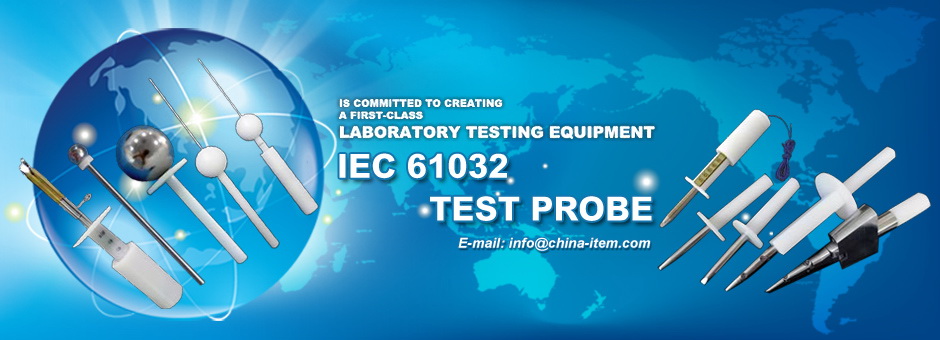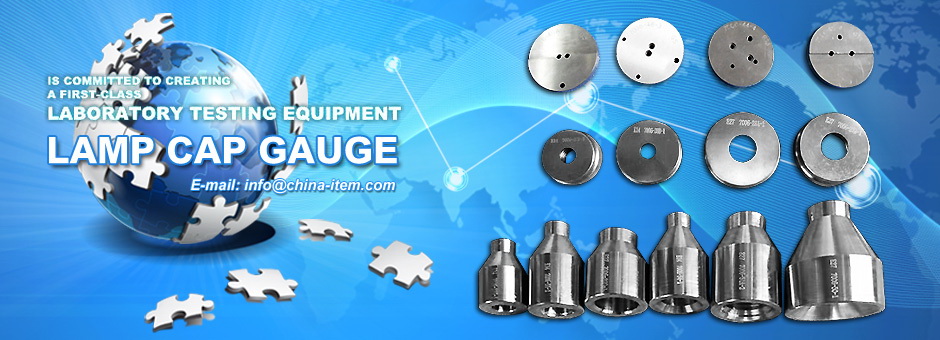contact us
products
- Main Products
- IEC Test Probe
- UL Test Probe
- Material Flammability Tester
- IP Code Tester
- Impact Test Apparatus
- Security Testing Machine
- Lamp Cap Gauge Tester
- Lampholders Gauge Tester
- Plug & Socket Tester
- Electrical Safety Tester
- LED Test Instruments
- Environmental Test Equipment
- Instrument Accessories
- Weighing Sensor
- Others Testing Equipment
technical articles
Company News
A moving load is a component, system, or addition that moves within an engineered environment. This changes the distribution of stress and creates demands that are not present in static systems. A truck driving across a bridge, for example, is a moving load, as is an aircraft landing on a tarmac. In systems that are likely to experience moving loads as part of their operations, engineers need to allow for them in designs, and make preparations to accommodate shifting stresses.
Load dynamics change radically when loads are likely to move. In a purely static structure or system, engineers can calculate stresses on the basis of the weight of the components and how they are put together. They can determine if the system is likely to buckle or shear. As soon as a moving load, like vibrating machinery or vehicles, is added, the system becomes much more complex. In addition, it may be necessary to think about seismic stresses that could push the system in ways it is not designed to address.
One concern with moving load is the bending moment, the amount of force needed to force components to bend. This can be a particular concern across unsupported spans. In the design of structural systems, engineers consider the kinds of forces that may be present and how much support will be necessary to accommodate them. Overengineering is common to ensure that the tolerances of the project exceed any projected use.
Numerous formulas can provide information about the behavior of moving loads. These can offer insight into the kinds of stresses that may be exerted with different kinds of motion, including acceleration and deceleration. Cars slamming on their brakes behave differently on a bridge, for instance, than trains moving at a steady rate without stopping. These formulas can be modeled to determine if a structure meets the need or is likely to fail under a critical moving load.
Computer-aided (CAD) design assists with these kinds of calculations. Engineers can use the computer to generate and document a variety of scenarios. This can ensure that a variety of moving loads are considered and accounted for in the design process so the system will perform at its peak, even in periods of extreme stress. Documentation can also be useful to demonstrate the necessity of specific engineering measures, or in the event of a forensic investigation, to illustrate that engineers took reasonable precautions to protect potential users of a system.


































